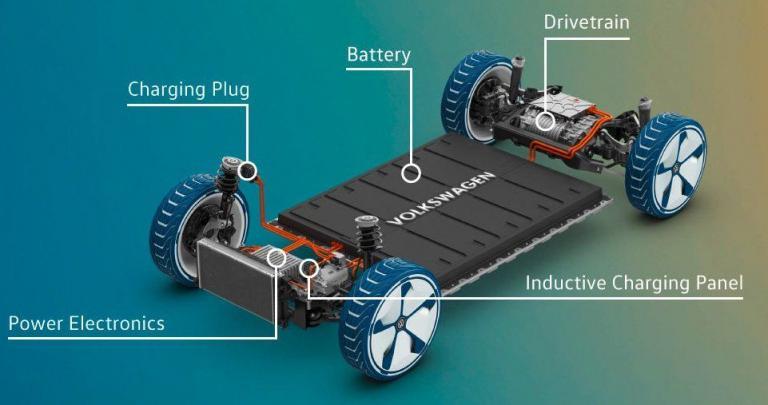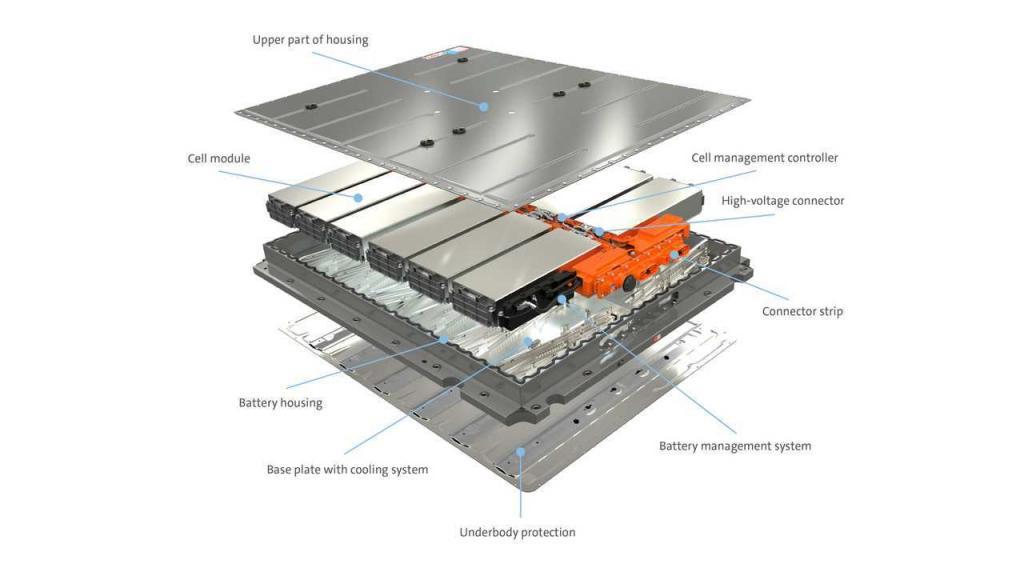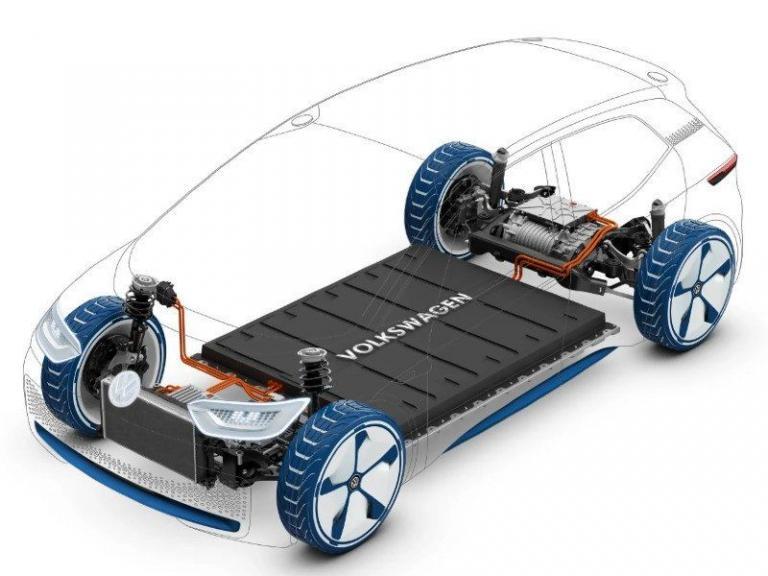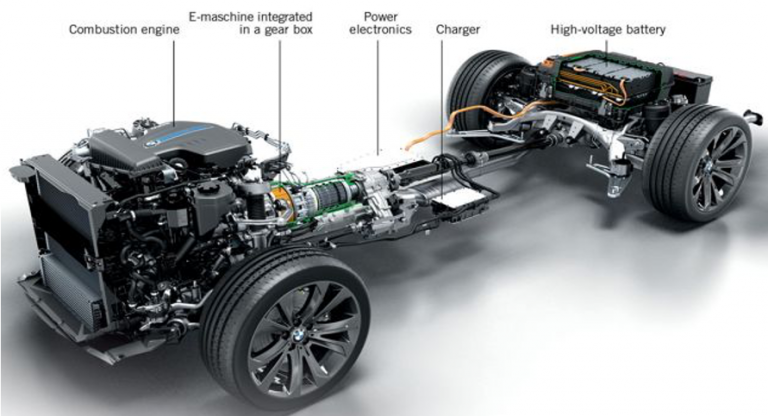Electric and hybrid F.A.Q'S
Due to growing innovation and the recent government strategy to phase out combustion engine vehicles, many consumers are enquiring about electric vehicles.
Contractcars.com has compiled a list of the most frequently asked questions, to help you find the answers you need
What's a pure electric vehicle?
A fully electric vehicle draws energy from an external power source, which is then stored within the vehicle’s battery for later use. It doesn’t rely on a combustion engine, therefore, doesn’t require an exhaust system which produces harmful C02 gasses.
As a result of this, it’s the most environmentally friendly method to drive, further, saving road users thousands on fuel and tax costs. Increasing innovating means that ‘Range Anxiety’ is no longer a concern for EV users.
Typically, an electric vehicle chassis will look like the one below. Electric Vehicles consist of the following;


Battery – A battery which stores power. Some hybrid vehicles are charged via an external power source, whereas, others are charged by a combination of regenerative braking and power created from the combustion engine.
Like a combustion engine, batteries are equipped with cooling technology, in order to prevent overheating and maintain battery life.
Charging Plug – Purely electric vehicles some types of hybrid vehicles are charged via an external energy source, therefore, require a charging socket.
Drivetrain – As with any vehicle, the drivetrain consists of components such as the gearbox; clutch and differential. Which send power to the wheels in order to make the vehicle move. The drivetrain location and components will depend on the vehicle type.

What's a hybrid?
A hybrid uses part EV technology, combined with a traditional combustion engine. There are many kinds of hybrid vehicles, for example;
HEV
Hybrid Electric Vehicles recharge particularly due to regenerative braking and don’t rely on an external electricity source.
Further, the combustion engine creates the power which is then stored by the battery for later use. Typically, HEVs will use the electric motor at low speeds, with the combustion engine taking over when higher speed is required.

PHEV
Plug-In Hybrid Electric Vehicles are plugged into an external source to charge their battery, hence the term ‘Plug-In Hybrid.
PHEVs use both an electric motor and a combustion engine, with the electric motor typically lasting around 30 miles before the petrol or diesel engine takes over. Making them ideal for both inner-city and long-distance driving.

How do you charge an electric vehicle?
This will depend on the type of EV you use. As discussed, Hybrid Electric Vehicles (HEV) are charged using a combination of regenerative braking and the combustion engine to produce power, which is stored within the batter.
Pure electric vehicles and Plug-In Hybrid Vehicles (PHEV) are plugged into an external charging socket to generate power.
Fast and rapid charging packs are available with most manufacturers and allow users to fully charge their vehicle in under an hour. They are also available for home installation, or you can plug your vehicle into a standard three-pin socket for convenience, but this will increase your expected charge time.
You can use tools such as the online Zap-Map, to locate your nearest charging point!
How long does it take to charge an ev?
This will depend on a number of factors, such as your vehicle and charging technology used. As discussed, fast charging packs are available and can drastically decrease charging times.
Using a normal three-pin socket is expected to take at least 8 – 13 hours depending on the vehicle. Fast charging points are capable of halving this, achieving a full charge in typically 4 – 6 hours.
Rapid charge points are capable of charging your vehicle in under an hour. They are available across the UK with manufacturers such as Tesla installing them at many service stations.
Are there any grants available for electric vehicles?
There’s a series of grants and incentives available for electric vehicle users. Please find our Electric Vehicle Incentive Guide for more information.
What's the range and power of electric vehicles?
Increasing innovation has eased consumer concerns regarding electric vehicle range. Electric motors have been widely praised for their instant response, which often produces fast acceleration and high torque figures.
Pure electric vehicles such as the Tesla Model S 85D, has an estimated driving range of 253 Miles! Using all-wheel-drive technology, the electric motor produces 422bhp and 600n/m of torque, capable of achieving 155mph and does 0 – 60mph in just 4.4 seconds.
Proving that power doesn’t need to be sacrificed for range!
More budget-friendly alternatives such as the Nissan Leaf has an estimated driving range of 168 miles, with the Leaf-E achieving 239 miles! The standard leaf produces 150 bhp and can achieve 0 – 62mph in a respectable 7.2 seconds.
Need more information? Call us: 0161 928 3456
Or email your questions to: [email protected]
WE'LL FIND THE BEST DEALS FOR YOU!
Our base rental pricing means you save every month. No additional monthly charge and no hidden extras.
ASK THE EXPERTS
Get in touch with our team of experts today.
0161 928 3456 (UK NORTH) 0203 096 3705 (UK SOUTH) 0289 018 3336 (N. IRELAND)

